Seawilding
Community-led marine habitat rewilding - native oyster and seagrass restoration
The Scottish charity, Seawilding, is working with communities to restore the keystone species, native oysters and seagrass, to Scottish inshore waters in order to restore bio-diversity and sequester carbon. Native oysters were once abundant in Loch Craignish, a sea loch located near Ardfern in Argyll on the west coast of Scotland. However, due to overexploitation and possibly disease, the native oyster has now all but disappeared. With only a few oysters left in the loch Seawilding are working to restore native oyster populations back to their former glory. Native oysters are ‘Ecosystem Engineers’ and provide a range of ecosystem services and are vital to our marine ecosystems.
Seagrass is a vital inshore habitat for multiple marine species and 95% of meadows have disappeared from UK coastal waters. It’s important in the fight against climate change as seagrass sequesters carbon faster than the rainforest. With Project Seagrass, Seawilding is developing best-practice, low- cost methodologies to enhance seagrass meadows at Loch Craignish with the aim of rolling out these marine bio-diversity restoration schemes to other coastal communities across Scotland. The project is Scotland’s first community-led, involving volunteers, school pupils, the Ardfern Yacht Centre and academic institutions.

The Scottish charity, Seawilding, is working with communities to restore the keystone species, native oysters and seagrass, to Scottish inshore waters in order to restore bio-diversity and sequester carbon. Native oysters were once abundant in Loch Craignish, a sea loch located near Ardfern in Argyll on the west coast of Scotland. However, due to overexploitation and possibly disease, the native oyster has now all but disappeared. With only a few oysters left in the loch Seawilding are working to restore native oyster populations back to their former glory. Native oysters are ‘Ecosystem Engineers’ and provide a range of ecosystem services and are vital to our marine ecosystems.
Seagrass is a vital inshore habitat for multiple marine species and 95% of meadows have disappeared from UK coastal waters. It’s important in the fight against climate change as seagrass sequesters carbon faster than the rainforest. With Project Seagrass, Seawilding is developing best-practice, low- cost methodologies to enhance seagrass meadows at Loch Craignish with the aim of rolling out these marine bio-diversity restoration schemes to other coastal communities across Scotland. The project is Scotland’s first community-led, involving volunteers, school pupils, the Ardfern Yacht Centre and academic institutions.


